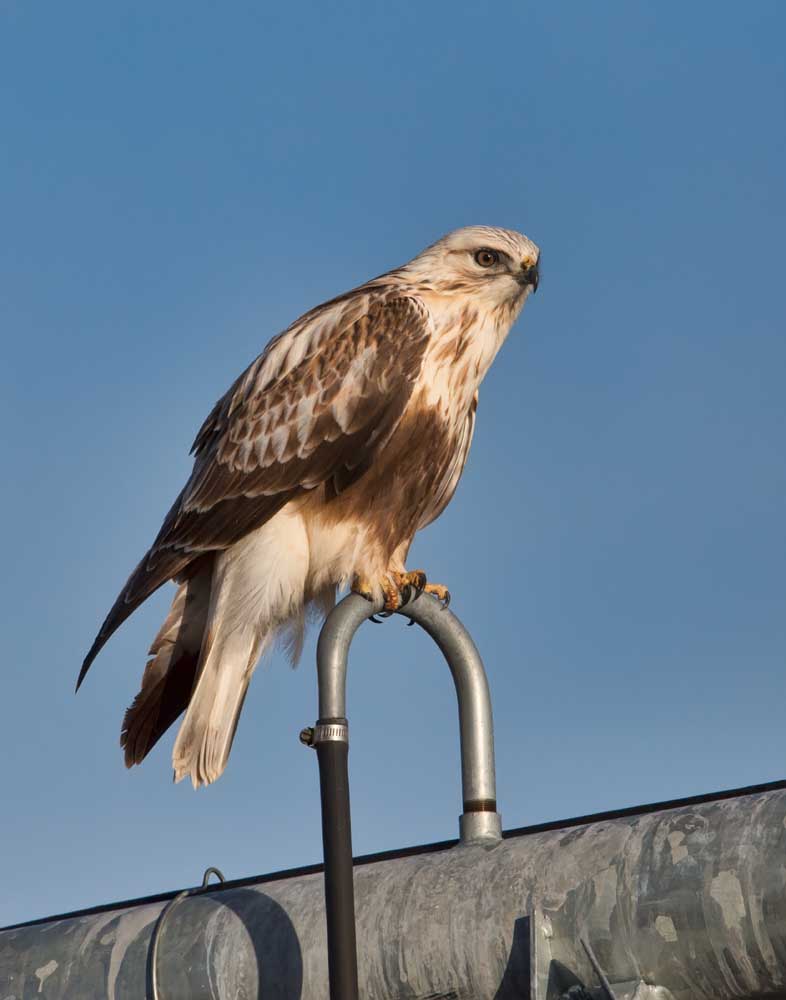Bird of prey: Rough-legged hawk
Published 12:00 am Wednesday, November 16, 2016

- Submitted photoRough-legged hawk
As fall fades into winter so does our variety of song birds. On the other hand, the number of birds of prey, otherwise known as raptors, greatly increases in the area. The word raptor comes from the Latin “rapere,” meaning to seize or capture food with their feet. They have razor-sharp talons to do the job and bills that can easily tear apart their prey. The major families of raptors are hawks, eagles, falcons and owls.
Central and Eastern Oregon are major wintering grounds for many raptor species. One of these is the rough-legged hawk. The scientific name is Buteo lagopus. Buteo is Latin for hawk. Lagopus is Greek for hair foot. Yes, this hawk has fully feathered legs to help keep it warm. This migrating hawk is found throughout the Northern Hemisphere. It breeds and summers in the Arctic tundra regions and winters south. In North America, it may winter down to the southern U.S. border.
Trending
However, most in North America winter in the upper half of the U.S., particularly in the Great Plains and the western U.S. Large concentrations can be found in Central and Southern Oregon.
This is a stunning hawk with a wingspan from 4 to 4½ feet and a body 18 to 24 inches in length. As with most raptors the females are larger than the males. It comes in a light and dark color morph, with the most common (95 percent) being the light morph. Light morphs have brown upper parts and a dark belly band. The wings are pale below with a dark edge. The under wings are pale with dark carpal patches at the wrists of the wing. The tail is white at the base and dark at the tip. The head is white with brown streaks.
These birds can be found in open fields in Central and Eastern Oregon. This hawk will often hover when hunting, moving from spot to spot while searching for small rodents. Open agricultural fields around Alfalfa, Fort Rock, Christmas Valley and Madras are great places to spot these birds. Many hundreds are in this area November through early March. Get out and enjoy the birds.
— Tom Lawler is an avid bird watcher and photographer. He serves on the East Cascades Audubon Society board and does bird walks at the Sunriver Nature Center.








